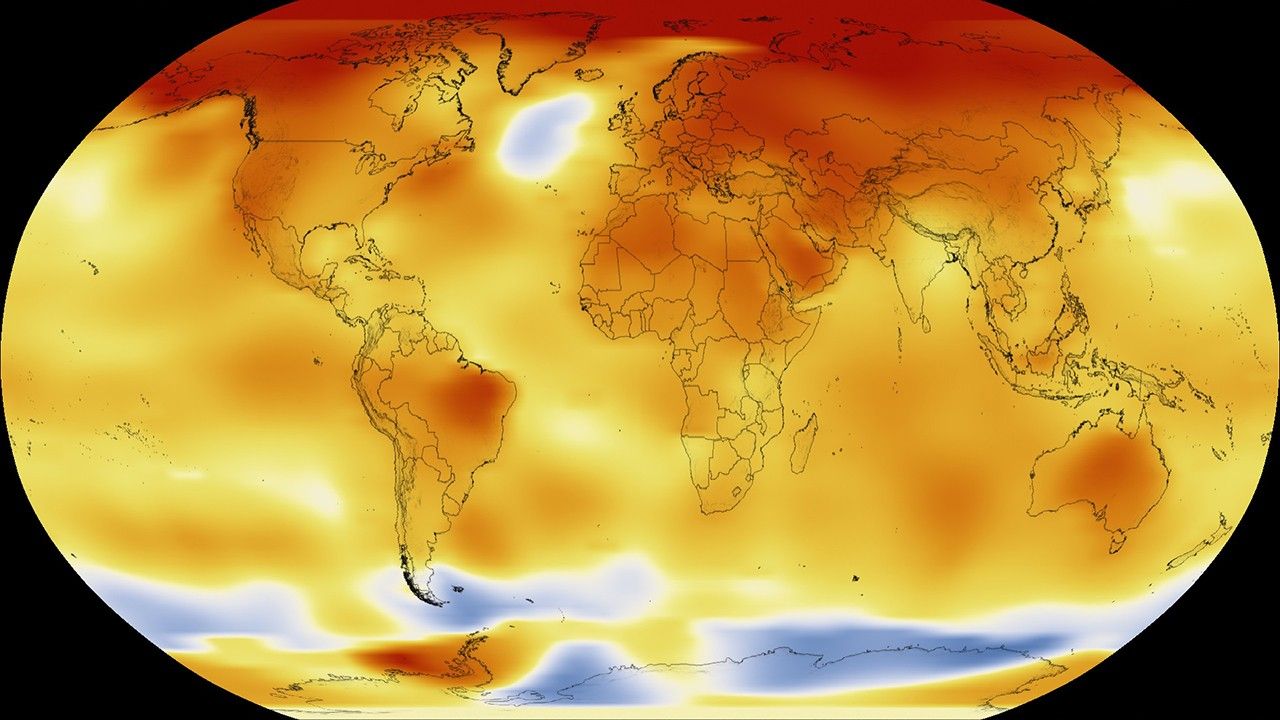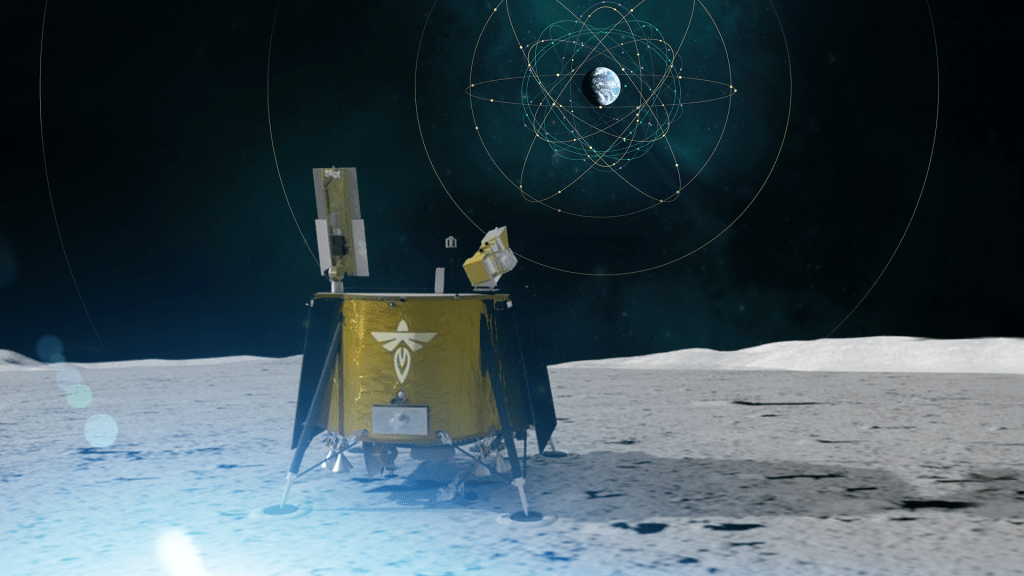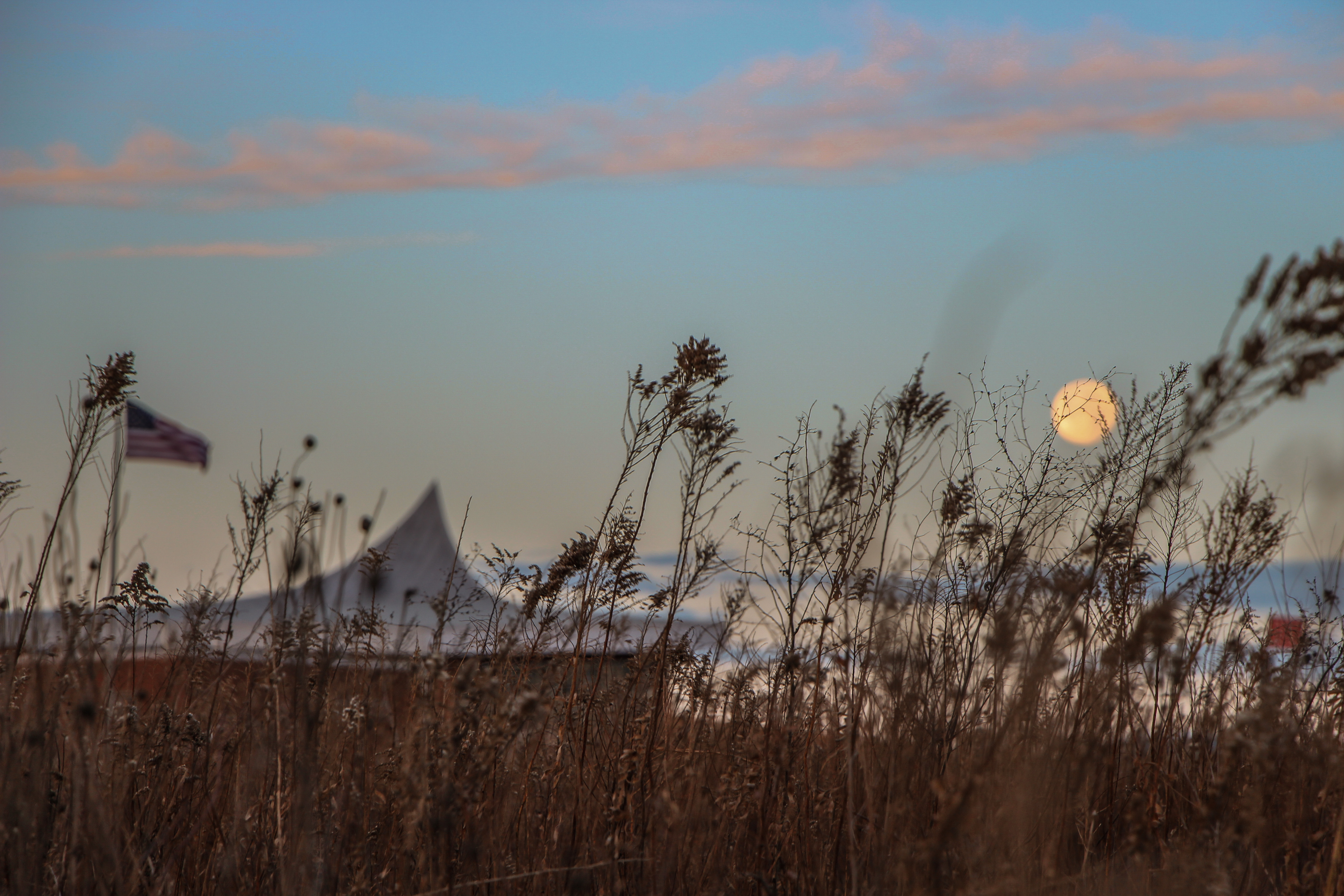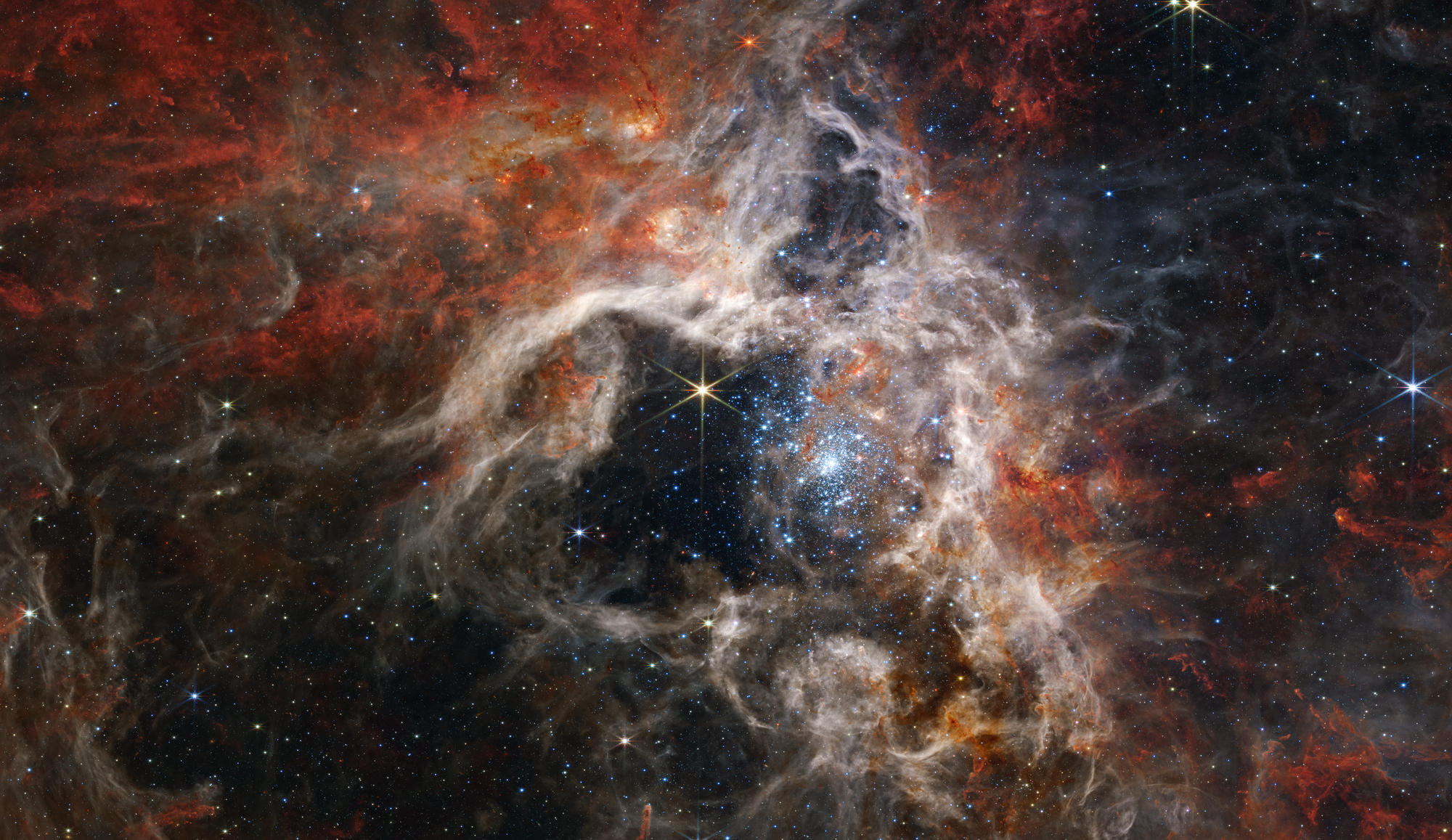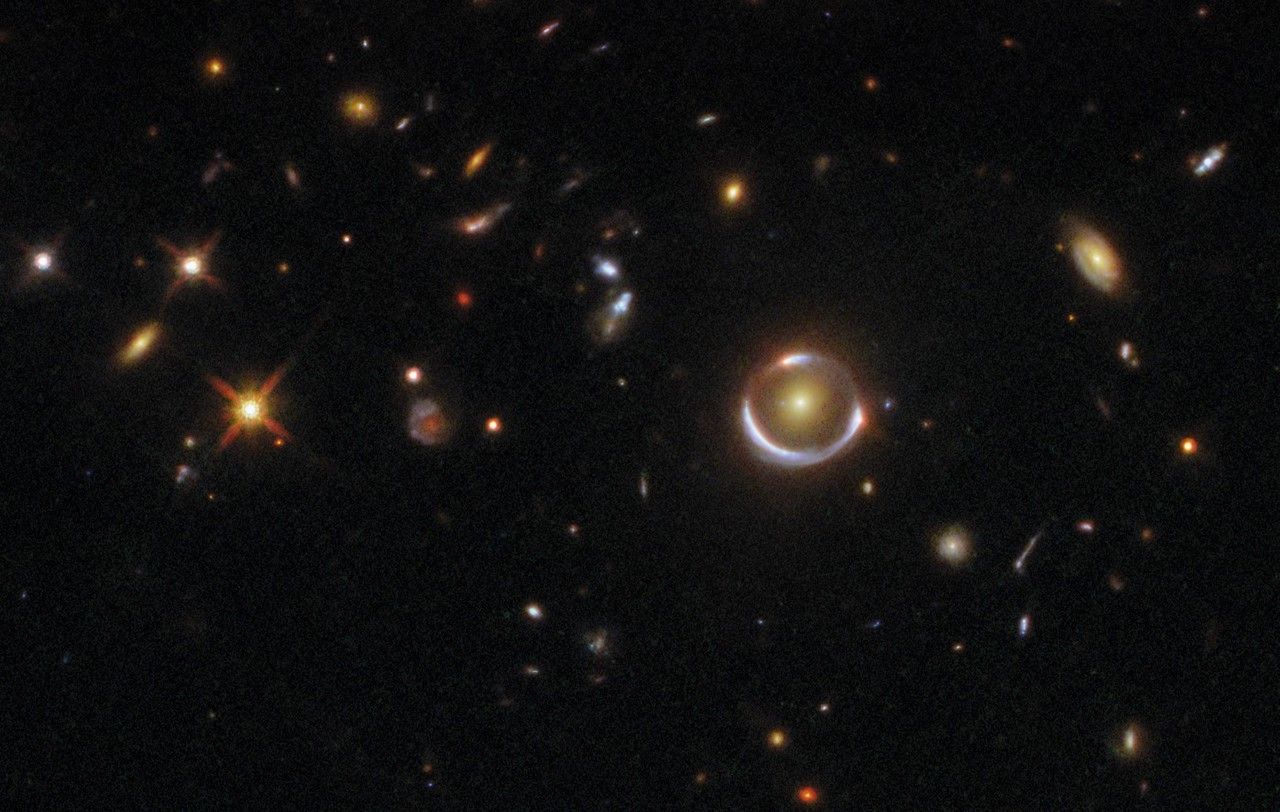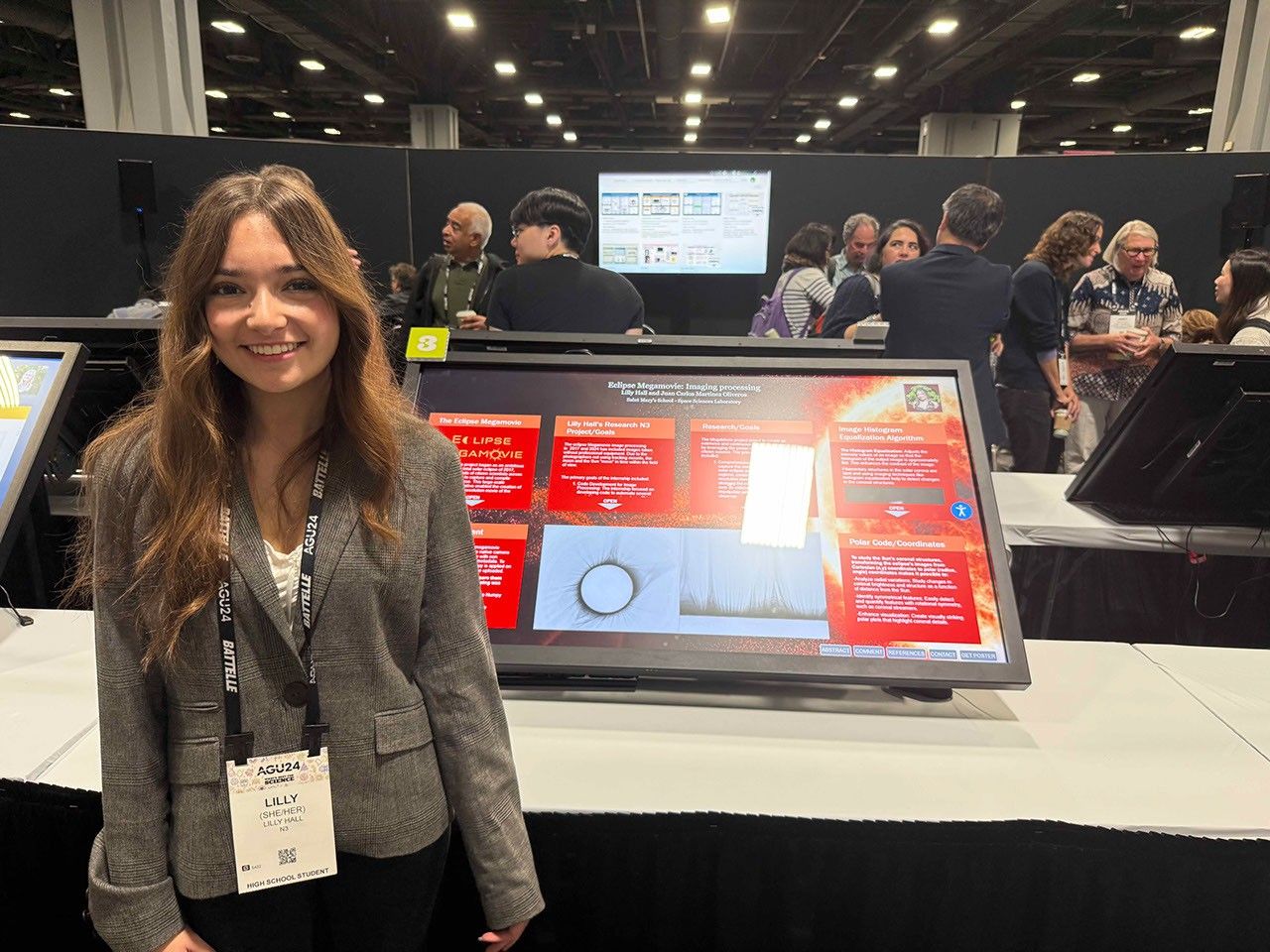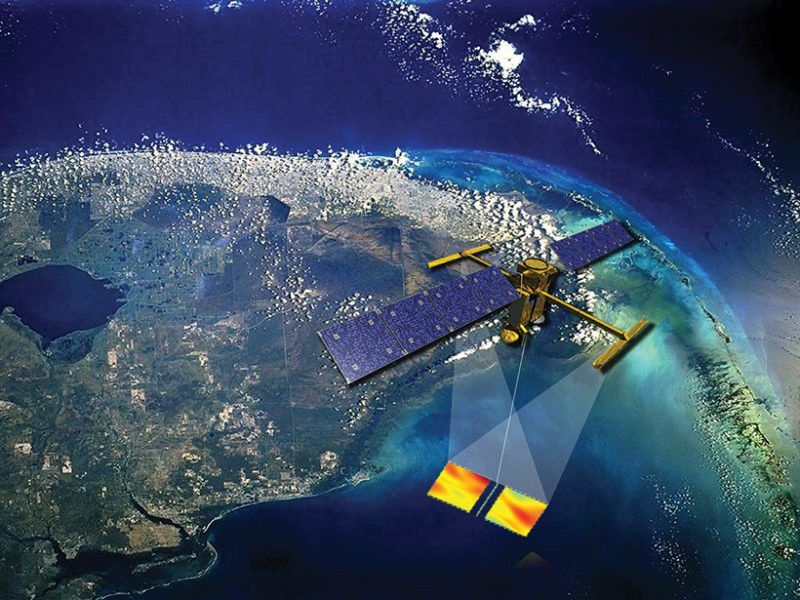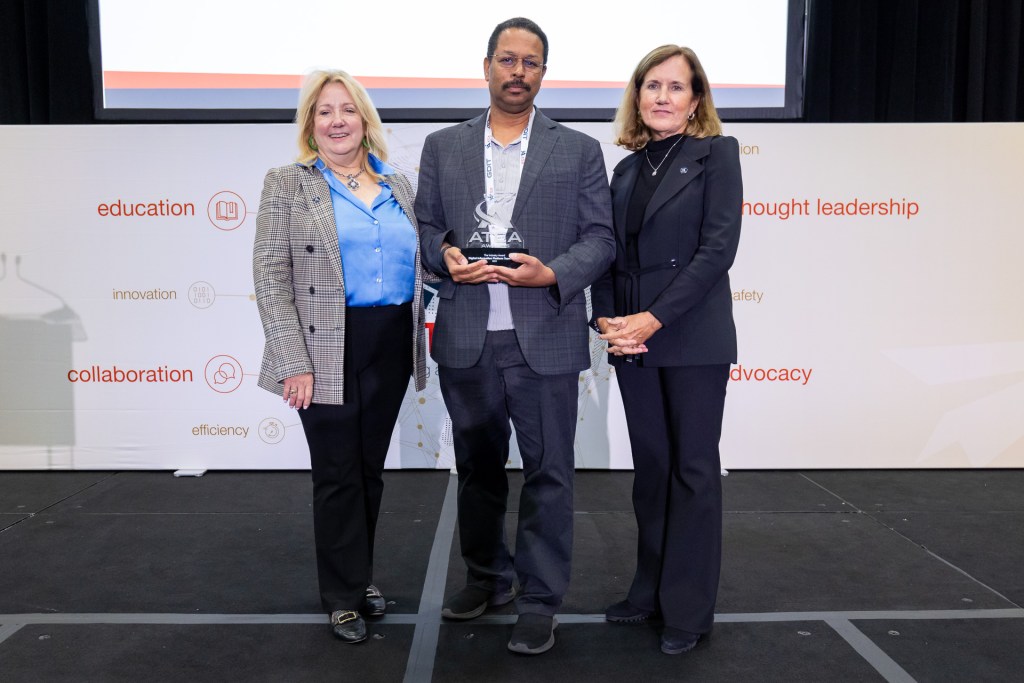
“From an early age, I wanted to be an astronaut. I remember going to Kennedy Space Center Visitor Center when I was 7 on a family trip, and we got to see the rockets in the Rocket Garden and learn all about the Moon landings. I had no idea that humanity had ever been in space, much less landed on the Moon. When my family moved from Colombia to the United States when I was 10 years old, I remember thinking, ‘Maybe I have an opportunity to work in the space industry when I get older now that I live here.’
“Back then, we didn’t have Google, so I went to the library because I wanted to find out, ‘How do you become an astronaut?’ And I remember looking through the encyclopedias that they had and looking at the current astronauts that were on the books and their bios — in particular, the females, because if they could do it, maybe I could. A lot of the astronauts had aerospace engineering as their degree, but a lot of them were also military pilots. So, I figured, OK, I’m going to try to do both routes and see if I could get in, and from that day on, I wanted to be an aerospace engineer. Unfortunately, my path as a military pilot ended the moment that I failed my driver’s permit vision test at 15 years old. Back then, the military would only accept people with perfect 20/20 vision.
“I kept applying for jobs [at] Boeing because I knew they were working on the International Space Station, and I’m like, ‘I need to work for NASA, this is my path in.’ And I just pestered those guys down in Florida, and one of them eventually called me after I moved back and said, ‘Hey, we have a job. Would you like to interview?’ And I’m like, ‘Of course!’ And I remember my first day coming into Kennedy Space Center and seeing the Vehicle Assembly Building. … It was very emotional because I couldn’t believe that I was here.
“It’s amazing when I get a chance to see the space station fly over. I am very fortunate to be able to say that my hands were on a lot of the hardware that is up there. I’m very proud to have been part of the International Space Station program.”
— Liliana Villarreal, Artemis Landing and Recovery Director, Exploration Ground Systems, NASA’s Kennedy Space Center
Image Credit: NASA / Kim Shiflett
Interviewer: NASA / Michelle Zajac








